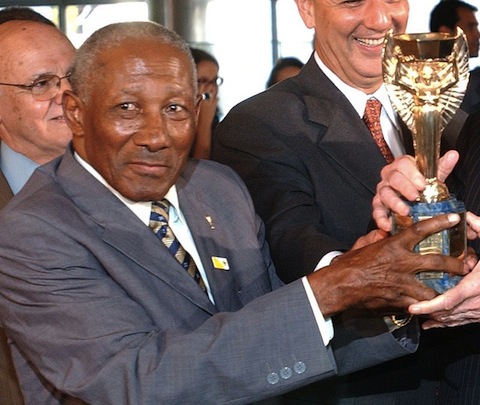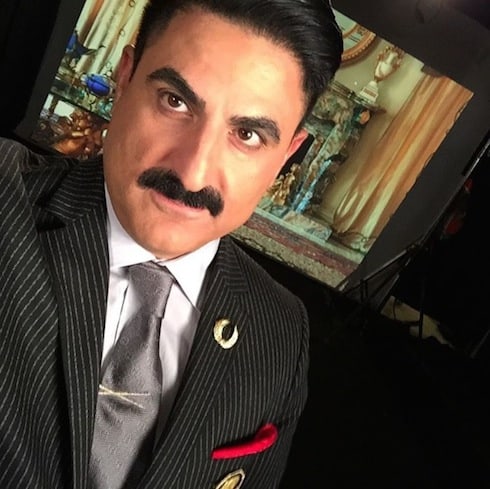Does Germany get to keep the World Cup?
Congratulations, Germany: you’ve worked hard, sacrificed much, and won one of the most coveted (if least attractive) trophies in all of sport. The World Cup is yours…sort of.
What happens to the World Cup trophy every four years? It gets locked away and remains heavily guarded, while the winners are sent home with a replica.
The reason? Well, there is a very good one, actually. The cup has a tendency to get stolen.
Back in the day, the prize was called the Jules Rimet Trophy. It was named after the third president of FIFA, and cast in sterling silver (and then plated in gold) in time for the first World Cup in 1930.
On March 20, 1966, just before the World Cup in England, someone managed to break open the display case at London’s Lancaster Gate and make off with the trophy.
It was missing for a week. On March 27th, David Corbett was walking his dog Pickles when the dog sniffed out the missing prize. It had been wrapped in newspaper and placed unceremoniously under a park bench.

The Jules Rimet trophy was retired in 1970, so Brazil, who won the Cup that year, got to keep it. But, in 1983, it was stolen while on display, and never recovered. The best speculation says it was melted down and sold.
(Even before that, the trophy was coveted by non-players. Ottorino Barassi, the vice president of FIFA during the Second World War, hid it in a shoebox under his bed to keep it out of Nazi hands.)
So, every four years, FIFA trots out the 14-pound trophy, and the winners of the Cup get to toss it around for a couple of hours.
Then, when they get back on their plane to fly home, they are presented with an authentic replica.

And, in case you were wondering: no, it is not made of solid gold. If it were, the trophy would weigh approximately 120 pounds, or about the same as a keg full of the finest Franziskaner Weissbier Dunkel money can buy.
Nor is the World Cup trophy a cup. But the world isn’t a cup, either, so the design makes its own kind of sense.





